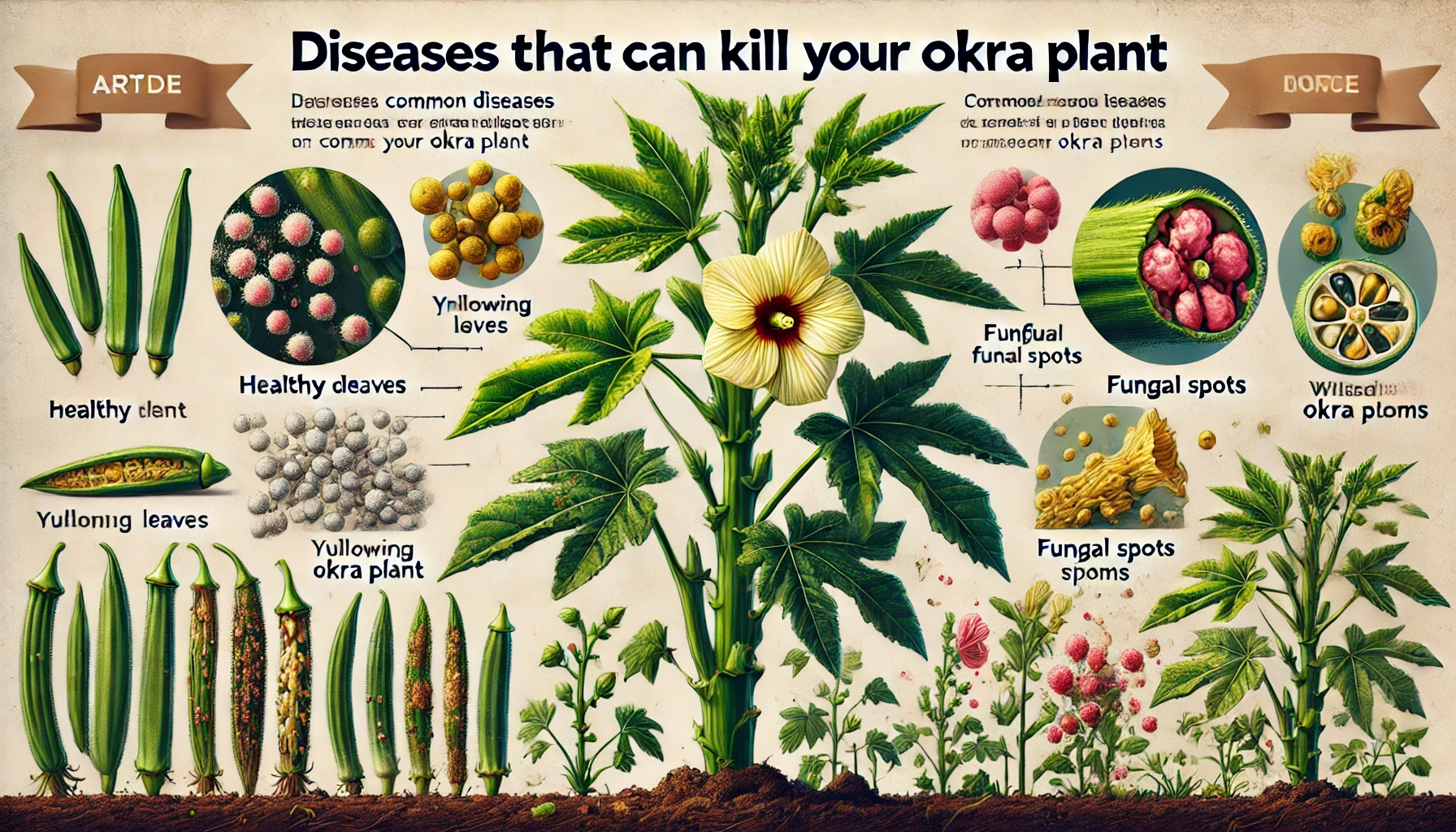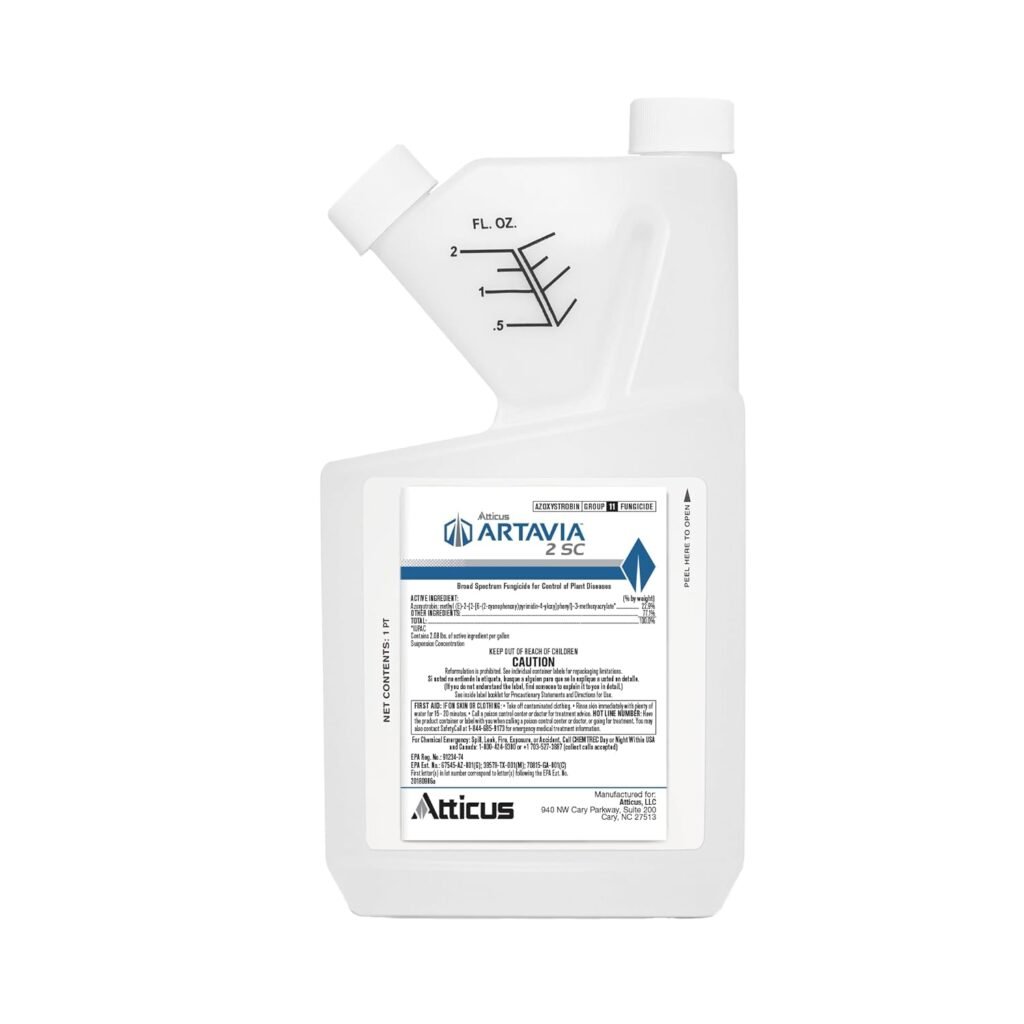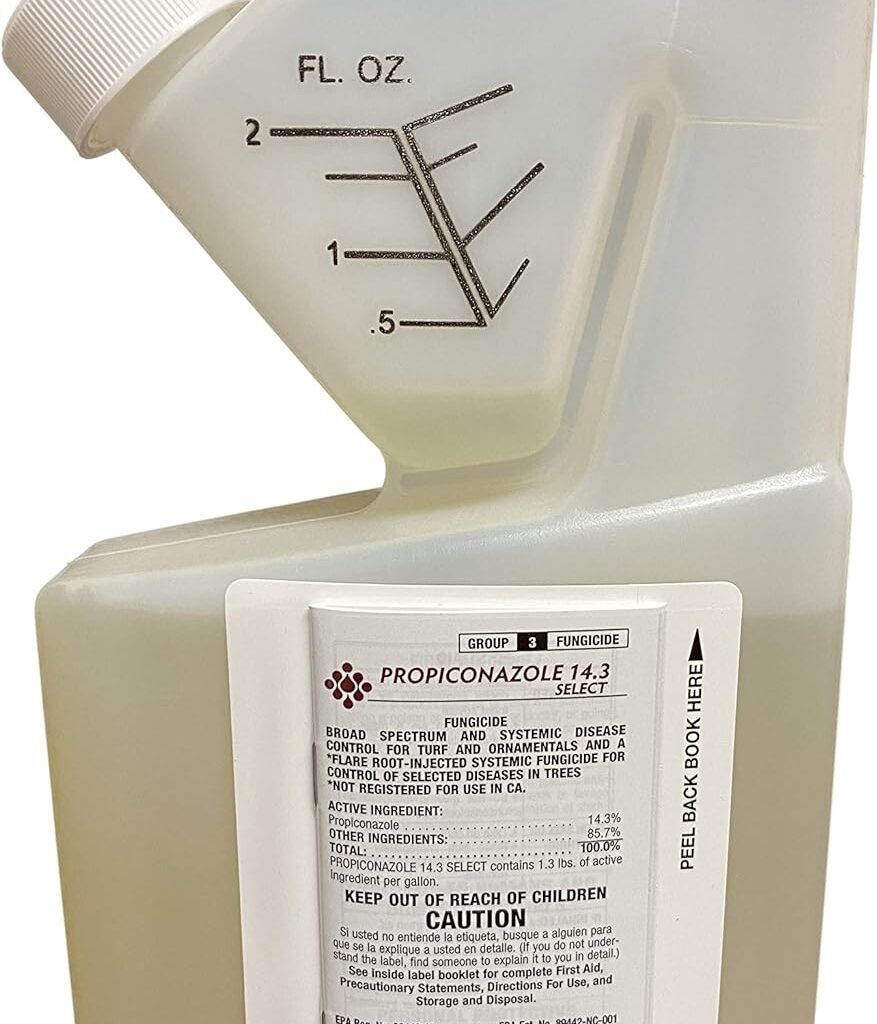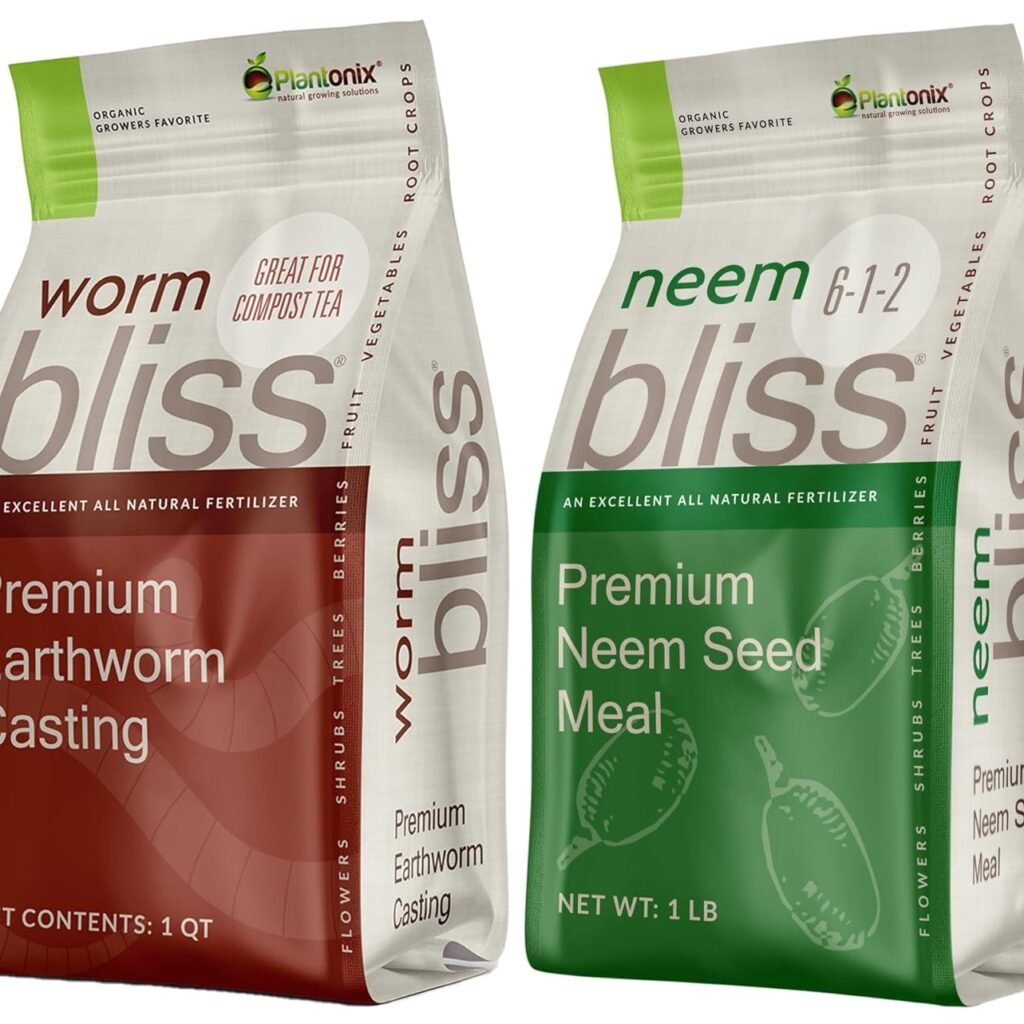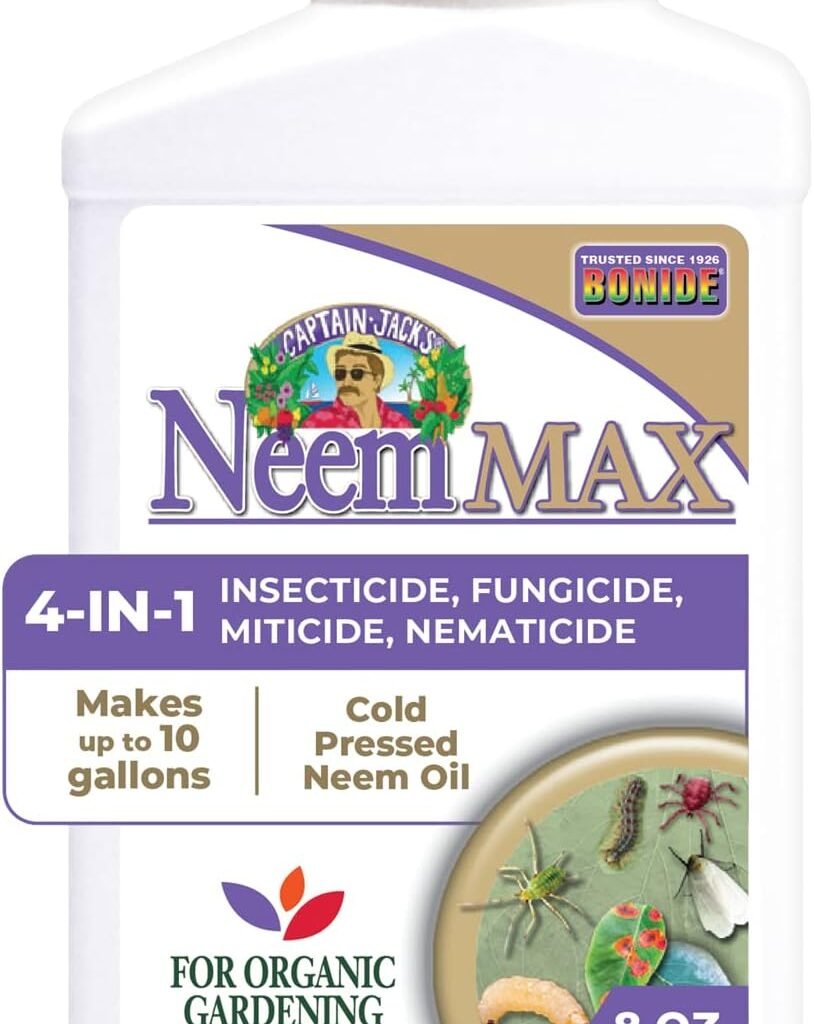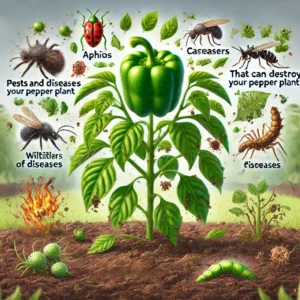1. Fusarium Wilt:
- Symptoms of Fusarium Wilt:
- Yellowing and wilting of lower leaves, progressing upwards.
- Browning and rotting of the stem near the soil line.
- Reduced growth and yield of okra plants.
- Cause of Fusarium Wilt:
- Fungal pathogen Fusarium oxysporum infects the vascular system of the plant, blocking water and nutrient uptake.
- Cure for Fusarium Wilt:
- Natural: Apply neem oil or potassium bicarbonate spray to reduce fungal growth.
- Organic: Use biofungicides containing Trichoderma spp. to suppress Fusarium.
- Chemical: Fungicides containing active ingredients like thiophanate-methyl or chlorothalonil can help control the disease.
- Prevention from Fusarium Wilt:
- Plant disease-resistant varieties of okra.
- Rotate crops to prevent buildup of fungal pathogens in the soil.
- Maintain proper soil drainage and avoid overwatering.
2. Powdery Mildew:
- Symptoms of Powdery Mildew:
- White powdery spots or patches on leaves, stems, and pods.
- Leaf curling and distortion, leading to reduced photosynthesis.
- Premature defoliation and stunted growth of okra plants.
- Cause of Powdery Mildew:
- Fungal pathogens such as Podosphaera xanthii thrive in warm, humid conditions, infecting okra plants.
- Cure for Powdery Mildew:
- Natural: Apply a mixture of baking soda and water or a solution of milk and water to affected plants to reduce fungal growth.
- Organic: Use sulfur-based fungicides or biofungicides containing Bacillus subtilis to control powdery mildew.
- Chemical: Fungicides containing active ingredients like azoxystrobin or propiconazole can effectively manage the disease.
- Prevention from Powdery Mildew:
- Ensure good air circulation around plants by spacing them adequately.
- Avoid overhead watering to minimize humidity levels.
- Remove and destroy infected plant debris to prevent the spread of spores.
3. Root Knot Nematodes:
- Symptoms of Root Knot Nematodes:
- Stunted growth and yellowing of leaves despite adequate watering and fertilization.
- Swollen, knotted roots with galls or nodules containing nematode larvae.
- Reduced vigor and yield of okra plants over time.
- Cause of Root Knot Nematodes:
- Nematodes of the Meloidogyne genus infest the roots of okra plants, feeding on plant tissues and causing damage.
- Cure for Root Knot Nematodes:
- Natural: Apply beneficial nematodes (Steinernema feltiae) to the soil to control root knot nematodes.
- Organic: Use neem cake or castor meal as soil amendments to reduce nematode populations.
- Chemical: Soil drenches with nematicides containing active ingredients like oxamyl or fenamiphos can help manage nematode infestations.
- Prevention from Root Knot Nematodes:
- Practice crop rotation with non-host plants to break the nematode life cycle.
- Use nematode-resistant okra varieties whenever possible.
- Maintain healthy soil conditions with proper drainage and organic matter to discourage nematode buildup.
By recognizing the symptoms, understanding the causes, and implementing appropriate treatments and prevention strategies, growers can effectively manage and mitigate the impact of common diseases on their okra plants, ensuring a healthy and productive harvest.
